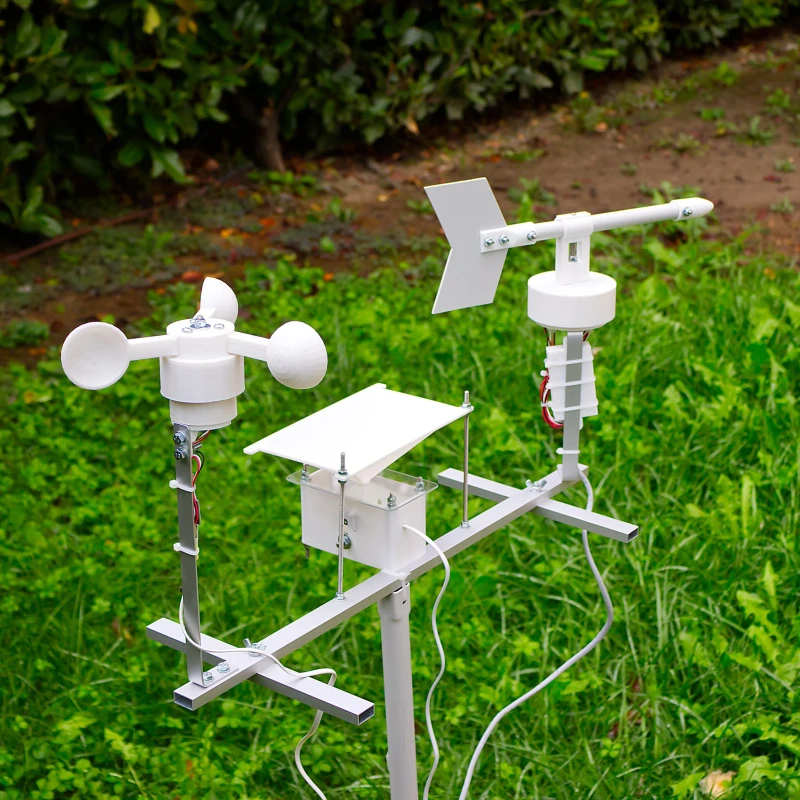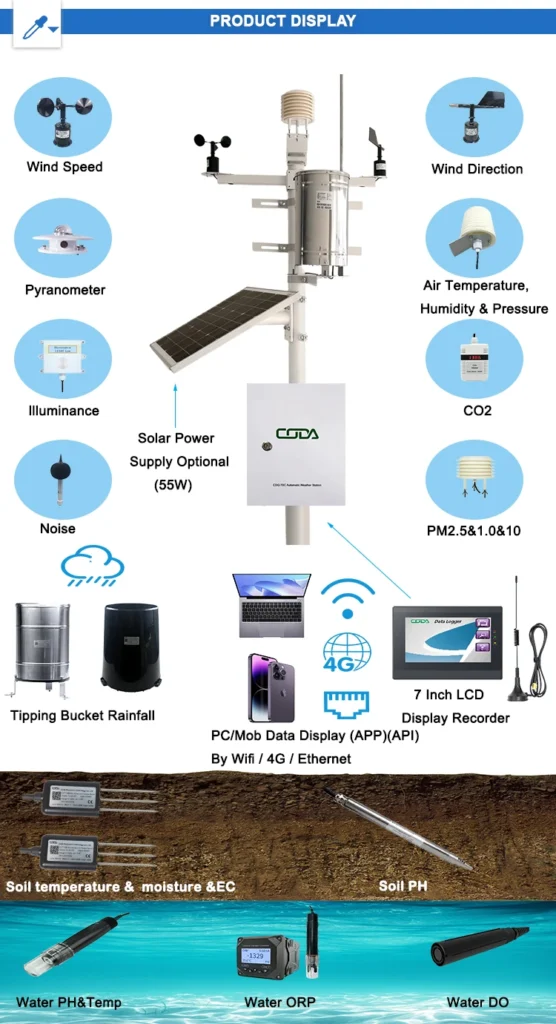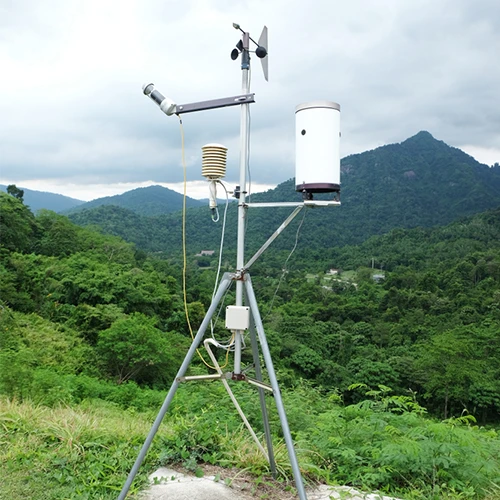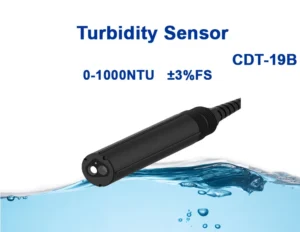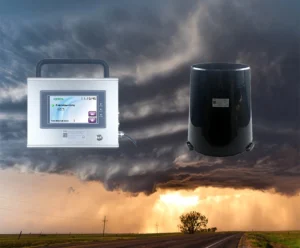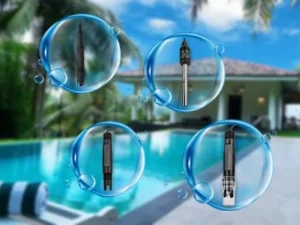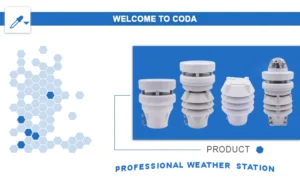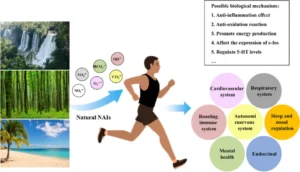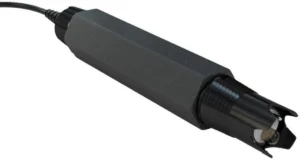How to Build a Simple Weather Station
Building a weather station as a beginner may seem hard, but it is very rewarding. You can observe and learn about the local climate.
If you like temperature changes or weather events, you can set up a simple weather station. It is a fun project. It is also educational.
This guide will help you create your station. It will explain the data you need to collect. It will also encourage you to improve and grow your setup as you learn more about weather science.
Understanding the Fundamentals of Weather Monitoring
Before we start with the technical setup, it’s important to understand what weather monitoring means. It is the regular tracking of weather conditions. This includes temperature, humidity, air pressure, wind speed, and precipitation. Each of these factors plays a role in daily weather patterns.
Temperature shows how hot or cold the air is. It is easy to measure. Watching temperature changes can help us understand seasonal shifts and possible weather changes.
Humidity measures how much water vapor is in the air. High humidity can make it feel warmer. Low humidity can make it feel cooler.
Atmospheric pressure helps us predict weather changes. When pressure drops, a storm is likely on the way. Rising pressure usually means clear and sunny skies.
Wind speed is important for understanding storms and local air patterns. Precipitation data, such as rain, hail, or snow, is also essential. This information helps with farming, gardening, and managing ecosystems.
With this basic knowledge, you will be better able to understand your instrument readings. You can turn raw data into useful insights about local climate trends.
Selecting Your Equipment
The accuracy of your weather station depends a lot on the quality of your instruments. First, get the essential sensors that measure key weather elements. Common tools are thermometers for temperature, hygrometers for humidity, barometers for pressure, anemometers for wind speed, and rain gauges for tracking precipitation.
When picking a thermometer, think about whether a digital one or a mercury-based model is better for you. Digital options are usually faster and work well with data logging systems. Hygrometers come in analog or digital forms, and both give reliable humidity readings.
Anemometers are important tools for measuring wind speed. Some advanced models also have sensors to track wind direction. This helps collect better data.
To measure rainfall, rain gauges can be simple funnels with marked containers. They can also be advanced units that give digital readings. These readings can connect to your weather station’s main interface.
Basic devices are a great starting point for beginners. They help you learn how to collect data without being too complicated.
As you get better at weather monitoring, you can choose more advanced equipment. This will help your station do more. You can add extra sensors like UV detectors or lightning monitors.
Installing Your Weather Station
After you gather your tools, choose a good spot for installation. This will help you get accurate readings. The best location reduces interference from nearby objects like trees, buildings, or paved areas. These objects can distort results by causing shading, holding heat, or blocking wind.
Place your thermometer and hygrometer in a spot away from heat sources like vents or asphalt. You might want to use a solar radiation shield. This shield stops direct sunlight from changing temperature readings. It helps keep your measurements accurate by preventing overheating from the sun.
Place your anemometer at a height that allows free air flow. It is often best to put it on a mast or pole. Make sure it is not blocked by roofs or canopies.
Rain gauges should be placed in open areas. Keep them away from splashes or runoff that can change the measurements.
By following these steps, you will build a strong base for accurate weather monitoring. As you learn more about weather data, you will find new ways to improve your DIY weather station. You can make upgrades and add features as you gain knowledge.
Place an anemometer on a pole or high surface. It should be higher than nearby obstacles for accurate wind data. For the best results, keep it at least ten feet away from any obstructions in all directions.
The rain gauge should be set up in a similar way. Make sure the area around it is clear. This helps stop debris from getting into the gauge. Debris can cause errors in measurement.
If you are in a place with many plants or trees, choose an open, flat area. This will help you get a true picture of your location.
Check all connections to make sure they work well, especially when using sensors with digital displays or apps. Many beginners like to track weather data over time, so make sure the readings are easy to find. Regular maintenance, like changing batteries or recalibrating sensors, will help keep everything running smoothly and ensure accurate data.
Understanding Weather Data
As your weather station collects data, it’s important to learn how to read the numbers it gives you. This will help you understand and use your setup better.
Start with temperature data. Look at the daily highs and lows to see how they fit seasonal patterns and local climate trends. Knowing temperature changes during the year helps you predict daily weather shifts. Pay attention to unusual readings, like very high or low temperatures, and check their connection to current weather systems.
Humidity readings show how comfortable it feels in your area. High humidity can make the air feel muggy. Lower humidity means the weather is drier. Keeping track of humidity over time helps you see how it affects temperature and overall weather patterns.
When you look at atmospheric pressure, pay attention to changes. These changes can signal upcoming weather shifts. A quick drop in pressure usually means a storm is on the way. Rising pressure often means clear and stable weather.
Checking wind speed and direction helps you know how strong the weather will be. It also shows where the weather is coming from and where it is going.
Rainfall data collected weekly or monthly can help you see patterns and trends. By comparing your findings with local weather predictions, you can improve your forecasting skills. This also helps you notice differences between forecasts and actual weather conditions.
Enhancing Your Weather Station
Once you have learned the basics and started to interpret your data, you might want to improve your setup. This can include adding new sensors, sharing data online, or creating custom tools that fit your needs.
Integrating data logging lets you save weather readings for a long time. This helps you understand climate trends in your area. Many modern weather stations have software and apps. These tools show the data in easy-to-read charts and graphs for better analysis.
Joining online communities for weather data sharing connects you with a network of enthusiasts. Websites like Weather Underground let you upload your station’s readings for everyone to see. This helps create a bigger picture of local weather conditions. Sharing information leads to a better understanding and places your findings in larger talks about climate trends.
If you like a hands-on approach, think about making your own sensors with Arduino or Raspberry Pi. These tools let you create custom environmental sensors. This can improve your weather station beyond basic measurements. You could monitor air quality, add soil moisture sensors for gardening, or track solar radiation.
Expanding your weather station turns it from a simple DIY project into a complete weather study. Each step improves your skills and helps you connect more with nature.
Building a simple weather station is a great experience. It helps us learn the basics of weather monitoring. We also learn to analyze and understand data. Each step gives us important insights into weather patterns.
The chance for growth through technology and teamwork keeps your interest in meteorology exciting for years to come.
Building a weather station is a fun project. It helps you understand the science of seasons and storms. You will also feel more connected to the Earth’s changes. So, start now and watch your skills and knowledge grow.
